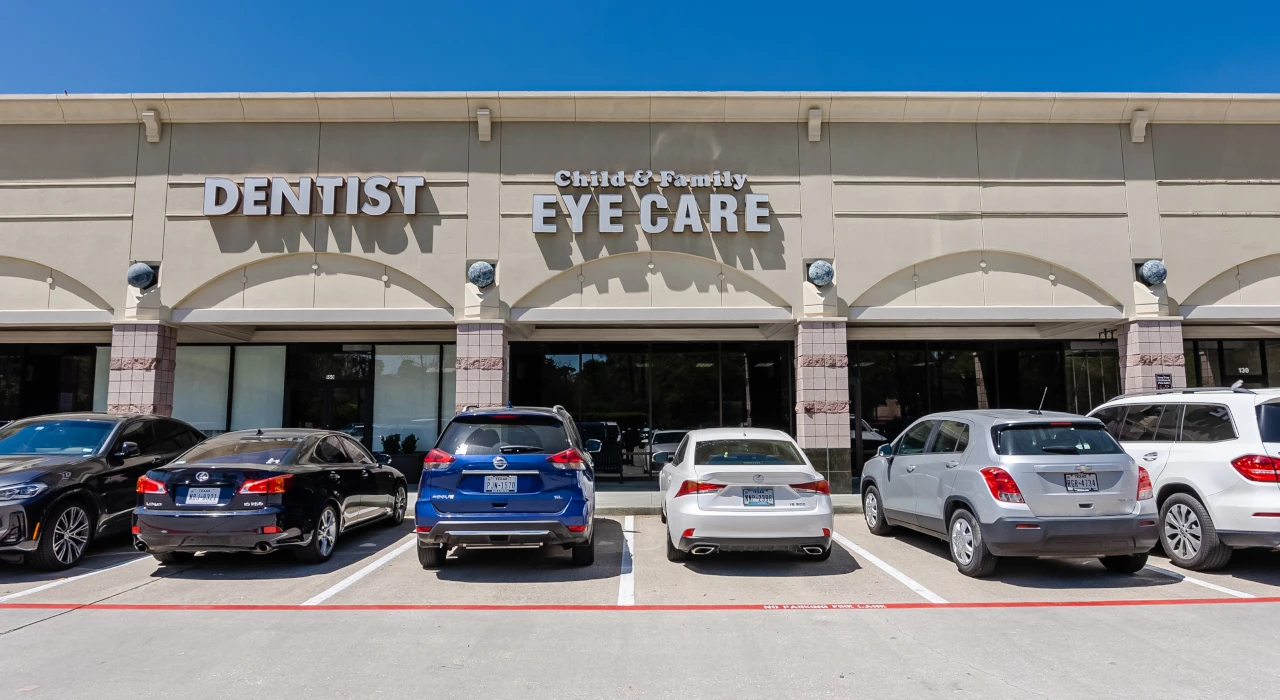
The Woodlands Dry Eye Treatments
There are several treatment options available to provide relief from Dry Eye Syndrome. The choice of treatment depends on the severity of the condition and the underlying causes. Here are some treatments commonly used to alleviate Dry Eye Syndrome:
- Artificial Tears: Lubricating eye drops, known as artificial tears, are available over the counter and provide temporary relief by supplementing the natural tear film. These drops can help moisturize and soothe dry eyes. It is advisable to choose preservative-free options for long-term use.
- Prescription Eye Drops: In more severe cases of Dry Eye Syndrome, your eye care professional may prescribe medicated eye drops. These prescription drops may contain anti-inflammatory agents or help stimulate tear production. Follow your doctor's instructions carefully when using prescription eye drops.
- Punctal Plugs: Punctal plugs are tiny devices inserted into the tear ducts to block the drainage of tears from the eye. By blocking the drainage, tears stay on the eye's surface for a longer time, providing increased lubrication and relief from dryness.
- LipiFlow: LipiFlow is a specialized treatment for Meibomian Gland Dysfunction, a common cause of Dry Eye Syndrome. This procedure uses gentle heat and pressure to clear clogged meibomian glands, allowing them to function properly and improve the quality of the tear film.
- Intense Pulsed Light (IPL) Therapy: IPL therapy is another effective treatment for Meibomian Gland Dysfunction. It utilizes pulses of light to heat the meibomian glands and improve their function. IPL therapy can reduce inflammation and promote better tear production.
- Lifestyle Changes: Making certain adjustments to your daily routine can help manage Dry Eye Syndrome. These may include taking regular breaks during screen time, adjusting the positioning of computer screens to reduce eye strain, using a humidifier to add moisture to the air, and wearing wraparound sunglasses to protect your eyes from environmental irritants.
- Nutritional Supplements: Omega-3 fatty acids have shown promising results in managing dry eyes. Taking omega-3 supplements or increasing your intake of foods rich in these fatty acids, such as fish, flaxseed, and chia seeds, may help alleviate symptoms.
- Environmental Modifications: Environmental factors can contribute to dry eyes. Avoiding smoke, windy conditions, and dry environments can help minimize symptoms. Using a humidifier in dry environments or using protective eyewear in windy conditions can also be beneficial.
It is important to consult with an eye care professional to determine the most appropriate treatment for your specific condition. They will evaluate your symptoms, conduct necessary tests, and recommend the best course of action to provide you with long-term relief from Dry Eye Syndrome.
Recent Posts
Child & Family Eye Care0 Comments
Glaucoma Surgery Co-Management
Child & Family Eye Care0 Comments
Cataract Surgery Co-Management
Child & Family Eye Care0 Comments






